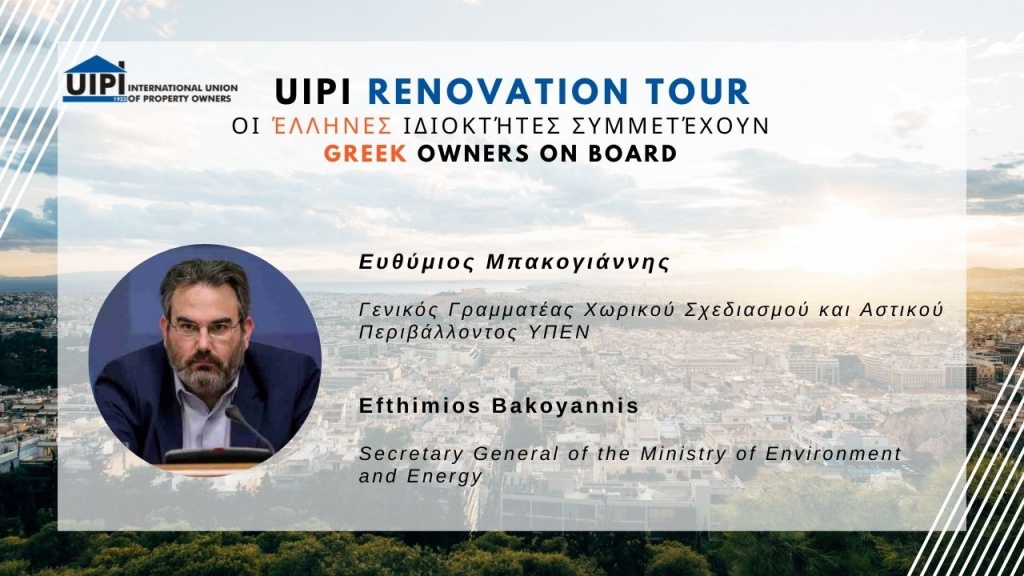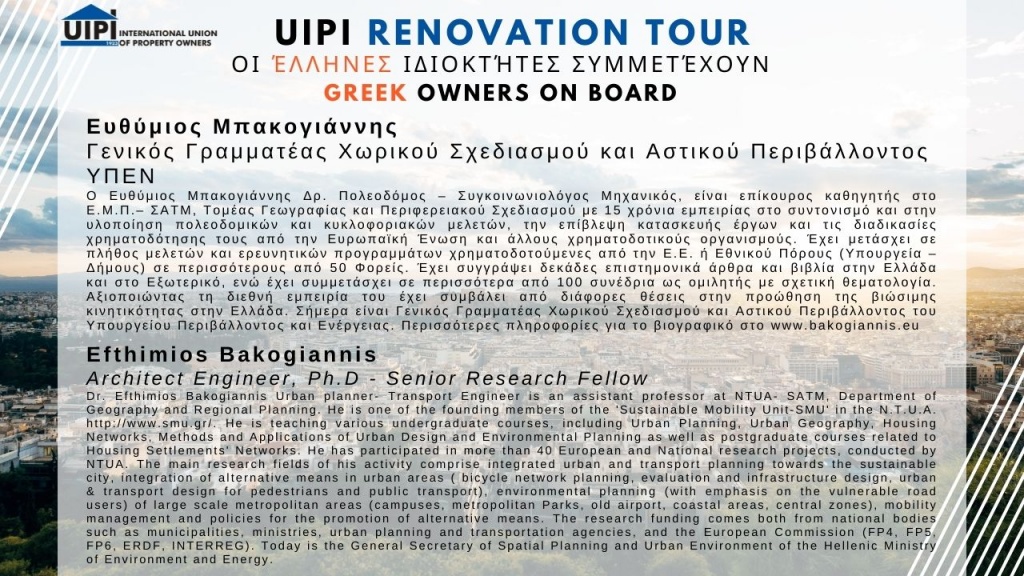For the first portrait of UIPI Feature Series on Building Heritage, we head to Italy, where heritage buildings are a particular part of the national landmark, to interview Vittorio Giulini. Vittorio Giulini’s family is the owner of an Estate located in Novi Ligure, in Monferrato in Piedmont. At the centre of the Marchesa Estate – an 80-hectare property – is a historic 18th-century villa, a national monument that remains intact. The additional buildings, as well as the land, are listed as protected landscape according to Italian law, as they are a rare example of country architecture that has preserved the splendour of a large villa of the era. Mr Giulini is not only efficiently preserving an essential piece of the local build heritage, but he is also very active in the associative and political world to promote the preservation of historic buildings. He is Vice-President of the Italian Association of Historic Houses (ADSI) for Lombardia, member of the National Executive Committee, an organisation associated with Confedilizia, and member of the Executive Committee of European Historic Houses, which gathers 24 national associations, and represents over 50.000 owners of historic houses across Europe.
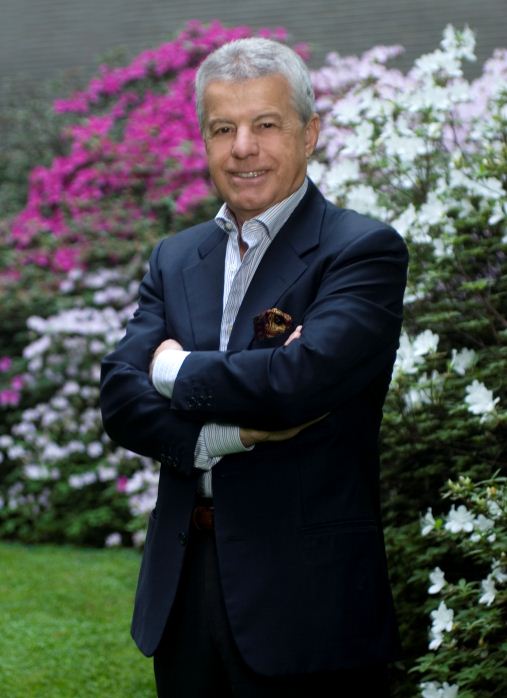
"When you live in a house like this one, the most important is to make sure not to act as if one were living in a museum."
Mr Giulini, tell us about your property. How long has it been in the possession of your family?
This villa, with its a typical eighteenth-century architecture, is a classical example of countryside buildings made of soil and stones, which is not frequently seen in northern Italy, especially compared to Tuscany.
Before me, the estate belonged to the Marquises Sauli, an ancient and noble Genovese family, that bought part of the estate in 1690 and then built a house on it. In order to match the aspirations of the Marquise Sauli’s wedding, in 1750 the family estate was enlarged and converted into a fantastic villa, which has been named “La Marchesa” in the lady’s honour.
According to a will found inside the estate, the ancient value of the villa and its farmlands amounted to 16 000 lire, a very significant amount for that time.
The estate was bought in 1975 by my family. Among the peculiarities of the building compared to today’s standards, the ground floor rests directly on the soil (without having a basement), while the first floor (the so-called “piano nobile”) with its high ceilings is the ideal place for conviviality.
What is your motivation to own and preserve such a building?
Restoring the building was a real challenge, but it was also highly rewarding. Today, La Marchesa has returned to its former glory on the same land it occupied in 1750. The old farmhouse has been converted into the Sauli Restaurant and the old villa cellar has also been maintained in its historic location, preserving a history of winemaking tradition.
In my opinion, it is imperative and our duty to preserve these buildings. I am convinced that it is impossible to envisage the future if we fail to understand how we got to the present. This building is a gift for the visitors: they can visualise how it was like to be a farmer and owner of a large agriculture estate in the 18th century. If these buildings are not kept in good conditions by their owners, in Italy and abroad, we will start losing our identity.

Would you have an anecdote or memory to share with us that made you feel proud to be the owner of this property?
Within the villa, there is a chapel dedicated to the Guardian Angels, known for protecting the health and souls of the local peasants. During the renovation, we discovered an inscription inside the chapel explaining that a bigger chapel should have been built. It is quite moving to find this kind of ancient message and I like the idea of a Grand Chapel for the blessing of peasants’ work.
How is it like to live in a place like this that bridges our past and future?
When you live in a house like this one, the most important is to make sure not to act as if one were living in a museum. You have to transform it into a real house, where anybody could just sit, read a book and feel at home. I like to spend time here, especially during the harvest season.
Do you open it to the public?
It is a residential house furnished with very precious and family-related furniture so I am not considering the possibility to open it entirely to the public. Nevertheless, I organise openings for small groups of people for particular events or wine tastings.
Have you undertaken actions to adapt this villa to modern living standards and how did you manage to do so while preserving its heritage value?
The estate has been restored according to local regulations but respecting the traditional architecture, especially regarding domestic installations. In order to adapt the house to the basic needs of today’s lifestyle, I focused my attention on renovating the most urgent and necessary parts of it, such as the electrical system, as it is important to preserve the structure and the “taste” of a house without distorting its pure and ancient nature.
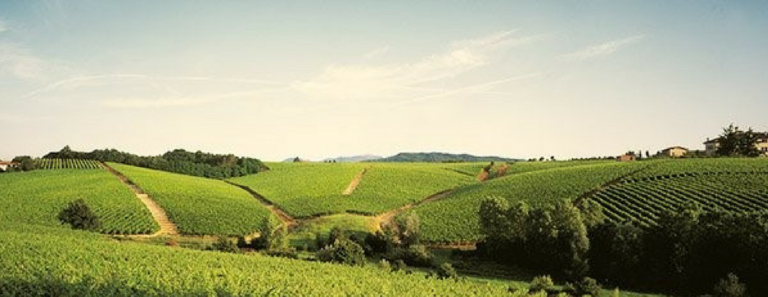
Keeping this type of buildings in good shape require important investments, do you feel you have enough incentives and political support to preserve this historic property?
The costs of maintaining a villa comprising 1200 square meters are incredibly high. Decision-makers often assume that the owners of historic buildings are well-off and do not need help preserving them. Yet, they fail to understand that obtaining commercial revenue from these properties is often something of the past. These houses were indeed the centre of the most important economic activities of our history: silk production, wine, woods and wheat. Yet, this type of farming activities does not bring sufficient revenues anymore. In our case, we also cannot change the landscape or build any additional structures since the land is registered as a landmark.
The support we get from the public authorities takes the form of a tax relief allowing us to pay a reduced rate of 50% of the regular real estate tax. Though it is welcomed, it is far from being sufficient.
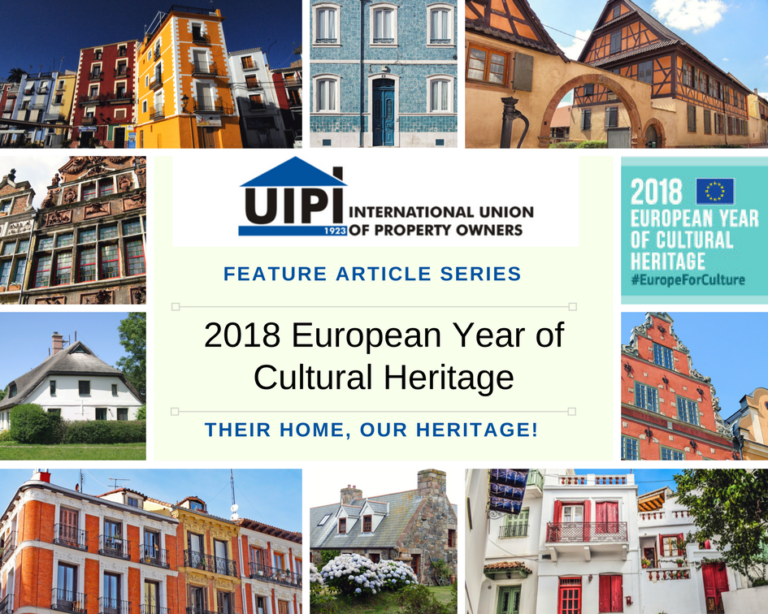
What would have to change then in your opinion for private owners of cultural heritage buildings to have an interest in maintaining their properties?
Preserving cultural heritage in Italy is primordial. It is one of our primary assets. National and European decision-makers should understand that private buildings constitute a significant part of European cultural heritage. They are one of the elements that pave our common history and differentiate us from other cultures and regions. If we lose our cultural roots, our position in the world will be negligible.
These properties are also considerably important for the local cultural life as they are an essential part of experiential tourism, providing about 9 million jobs and bringing approximately 335 million Euros in revenue each year in Europe. Besides, they also have social value, as they offer locally-based jobs to skilled artisans who work for their preservation. All these benefits often remain unnoticed by the public and our decision-makers.
Therefore, in my view, it is important that public authorities, including the European Union, invest in historical private buildings, which are primary assets of our urban and rural landscape.
In Italy, we have created an “agritourism” business model that works very well: we now have more than 20 000 of these businesses in the county. This concept should also apply to historic houses, as it could help to convince owners to open their homes to the public.
If you were to give one advice to the generation that will take over your houses, what would it be?
I have noticed that young people consider ancient properties as not modern, too expensive and, therefore, without any apparent economic purpose. I think that they are wrong. In fact, a new type of “modern tourism” emerges which is looking for a more experiential journey and travel: to experience something that one will never forget. Thus, I would suggest to the new generations of homeowners to preserve the “taste” of their ancient private houses, so they would be able to share the authentic value of their property and, by implementing new strategies for promoting and offering new experiences to the public, even obtain economically profitable results.
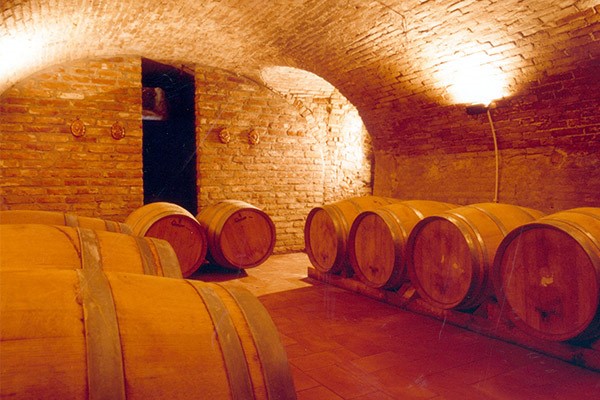
UPCOMING ARTICLE
In May, for our second portrait, we will go to Spain, precisely to a region, Catalonia, full of traditions and untouched nature. There we will interview Joan Botey to discover and learn about his historical masia, a rural construction dating from the Kingdom of Aragon that forms an integral part of the Spanish historical heritage.


